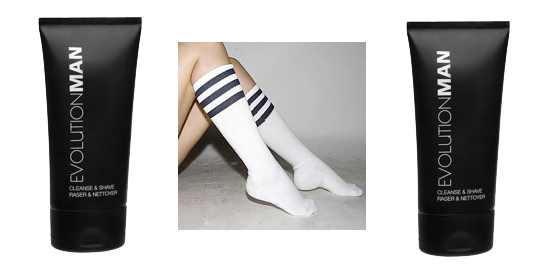
DALLAS, Dec 23, 2007 / FW/ — Several years back, the venerable French fashion house Hermes said, ‘We are so exclusive, our products are not available on the Internet.’ A year later, Hermes opened a website, wherein their scarves were sold. With the new figures coming out, it might be time for Hermes to rethink its strategy and view the Internet as the latest luxury destination.
In a recent article by the New York Times, ‘The Online Gold Standard’, it was mentioned “from late November through mid-December, a time when conventional retailing has been sluggish at best, e-commerce is flourishing, with spending ahead by 30 percent over the same period last year, according to a study by MasterCard Advisors. The company reported an increase of 10.8 percent in luxury purchases.”
The same article said, “Spurred by shopper’s bon vivant tastes and by the growing online presence of prestigious brands like Cartier, Burberry and Christian Lacroix, even Amazon.com has dressed up its offerings. This year the company is selling watches and diamonds priced from $2,000 to $5,000.”
Add to this a recent finding by Nielsen Monitor-Plus, that though advertsing fell 0.1% from January to September 2007, the Internet gained 15.9% in terms of advertising placements, way ahead of the other six gainers in a flat year – national magazines, up 7.7 percent, national Sunday supplements (6 percent), outdoor (5.7 percent), national cable TV (1.2 percent) and Spanish-language TV (0.5 percent).
E-commerce has arrived and it is here to stay. The same way that online journalism is now part of the media and online journalists have earned their stripes, to coin a phrase, e-retailers proved several times over that they are realiable and deliver what their customers want.
Somehow, for Hermes to think that the Internet is ‘low brow’ actually shows ignorance and lack of research. When the online community began in the late 1980s and early 1990s, the average internet user has a college degree.
Available only to Ivy League colleges and top universities like MIT and Stanford, and Silicon Valley, the Internet was like an exclusive club. But, the internet was never snobbish nor exclusive by nature. After all, it began as a way of communication by world powers to avoid a nuclear war.
When the Internet first became available to the general public, it cost roughly $100 to connect via a 14.4 modem. When big business got involved, i.e., private companies invested billions of dollars to build the infrastructure of what was then called ‘the information superhighway,’ the cost to go online became affordable to a wider range of the population. It kept on going down to the point that today, to connect via a 56.6 modem will cost you only $7.95 a month!
In short, the internet is here to stay. It will not go away tomorrow. And while e-commerce is thriving, a new retail concept, m-commerce – shopping via your cell phone and/or other mobile devices, is in its infancy.
With all these facts on hand, perhaps it is time for the second time around for Hermes to re-think their strategy about the internet. After all, Hermes is all about luxury and leaving out the virtual world in their marketing strategy might prove to be a shortsighted decision.



